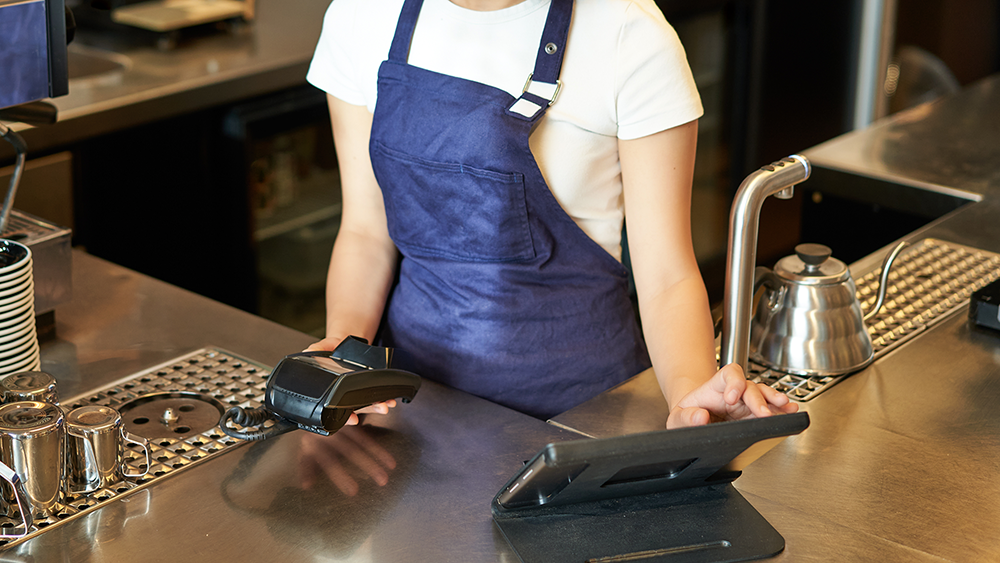
Best Strategies for a Restaurant Tech Stack in 2025
As we step deeper into 2025, technology is no longer just a competitive advantage in the restaurant industry—it’s the backbone of sustainable growth. With so many new tools and integrations available, operators face the challenge of not only choosing the right solutions but also ensuring those solutions will remain relevant and effective as the industry evolves.
At ConStrata, we believe that a future-proof restaurant tech stack should empower operators to adapt, scale, and thrive in an ever-changing market. Here’s a strategic and educational approach to building one.
1. Establish a Strong Foundation: The POS as the Core
Your Point of Sale (POS) should function as the command center of your operation. A future-proof POS is cloud-based, highly adaptable, and designed for seamless integration. When evaluating options, look for:
Real-time data synchronization across locations and channels.
Open integration capabilities so you can connect additional tools without friction.
Flexibility in service models, whether dine-in, takeout, delivery, or virtual kitchens.
2. Create Flexible and Diverse Ordering Channels
Modern diners expect to engage with your restaurant on their terms. A resilient tech stack supports multiple guest pathways, including:
First-party ordering systems that preserve brand control and reduce commission costs.
On-site digital tools like mobile ordering and kiosks to enhance convenience.
Third-party delivery integration that consolidates external platforms into a single management view, streamlining operations.
3. Centralize and Leverage Data
Data is a critical asset for making smarter decisions. Operators should adopt tools that:
Unify guest data across every touchpoint, creating a single source of truth.
Transform insights into action for menu optimization, targeted promotions, and labor planning.
Align with data privacy and compliance standards to maintain guest trust and meet regulatory requirements.
4. Build Efficiency Through Automation
Labor challenges and rising costs demand smarter systems. Automation can ease the burden by:
Predicting inventory needs through AI-driven demand forecasting.
Optimizing schedules to align labor with demand while controlling costs.
Streamlining back-of-house workflows with connected kitchen technologies that reduce errors and improve communication.
5. Personalize the Guest Journey
Guest loyalty increasingly depends on how personalized their experience feels. The right technology allows you to:
Recommend menu items based on ordering history and preferences.
Deliver promotions at the right time and channel, whether email, SMS, or in-app.
Enable frictionless payments that fit modern expectations, such as contactless, digital wallets, or tableside transactions.
6. Prioritize Scalability and Security
A stack that works today must be designed to grow tomorrow. To future-proof your system:
Ensure scalability so your tools adapt as you expand locations or brands.
Support multi-regional operations, accounting for different compliance or tax requirements.
Protect against cyber risks with enterprise-level security and fraud safeguards.
Final Thoughts
The future of restaurant technology isn’t about adopting every new innovation—it’s about creating a flexible, integrated foundation that can evolve with market shifts and consumer demands. By focusing on scalability, efficiency, and guest-centric solutions, operators can create a technology ecosystem that not only meets today’s needs but also positions them for long-term success.
At ConStrata, we help restaurants navigate the complex world of technology with strategies tailored to their unique goals. Let’s build a future-proof tech stack—together.

